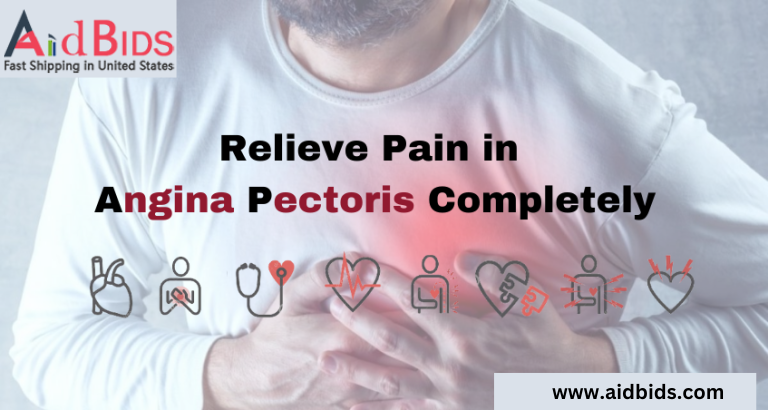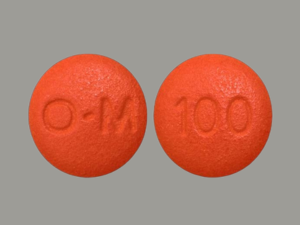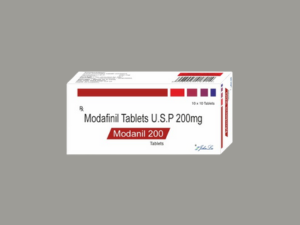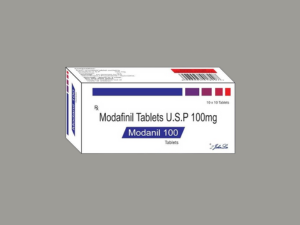
How to relieve pain in angina pectoris completely?
Angina pectoris is the most common heart problem among the people of the USA. If you have been diagnosed with a heart problem, you may not be able to change the circumstances. Even so, adjusting the lifestyle changes can help to prevent further damage to your heart. Whether you need encouragement, general information, or support, here is all you need to know about angina pectoris.
Heart disease is a collection of conditions that affect your heart. It includes coronary heart disease, heart failure, and heart arrhythmias. Heart problem is the leading cause of death in the USA. When your blood vessels get blocked or narrow, there is a risk of a heart stroke or heart attack.
Table of Contents
What is angina pectoris?
Angina is a type of chest pain that leads to reduced blood flow to your heart. A lack of blood flow means the muscle of your heart is not getting enough oxygen. The chest pain is often triggered by emotional stress and physical activity.
Stable angina, also referred to as angina pectoris, is the most common type of angina. It is a predictable pattern of pain in the chest that you can generally track the design based on what you are doing when you feel the pain in your chest. Following it can help to manage the symptoms more quickly.
Angina pectoris is another form of angina that occurs suddenly and worsens with time. It may eventually result in a heart attack. Though it is less severe than unstable angina, it can be uncomfortable and painful. Both of these angina are generally symptoms of underlying heart disease, so it is necessary to consult your medical professional as soon as you experience the symptoms.
Does angina have different types?
Yes, angina has different types, such as:
Stable angina
Stable angina or angina pectoris occurs when your heart works harder than usual, for instance, during exercise. It usually lasts for five minutes. It is a regular pattern, and an individual may experience this condition for months or years. Several drugs and rest may often relieve the symptoms.
Microvascular angina
It can occur with coronary microvascular disease. It affects the smallest coronary arteries. As well as chest pain, an individual may experience:
- Shortness of breath
- Sleep problems
- Low energy or fatigue
It tends to be more persistent than stable angina and often lasts more than 10 minutes and sometimes longer than 30 minutes.
Unstable angina
It does not follow a regular pattern and generally occurs during the rest. It mostly results from atherosclerosis, which involves blockage preventing the blood from reaching the heart.
The pain in this condition lasts longer than five minutes and may get worsen with time. Drugs and rest alone cannot reduce the symptoms.
Angina pectoris symptoms
The painful sensations that occur during the episode of angina pectoris are often described as fullness or pressure in the center of your chest. The pain may feel like a vice squeezing in your chest or like a heavyweight resting on the chest. It may spread from your chest to your neck, shoulders, and arms.
During an episode of angina, you may experience some symptoms such as:
- Profuse sweating
- Dizziness and anxiety
- Nausea and fatigue
- Shortness of breath
Angina Pectoris usually happens after you have exerted yourself mentally and physically. These symptoms tend to be temporary and last about 15 minutes in significant cases. It is different from chronic angina, in which your pain can be more severe or continuous.
You may experience an episode of angina at any time of day. However, you are more likely to notice the symptoms in the early morning.
Women may feel different symptoms that accompany angina. As well as chest pain, which is sharp, a woman with angina pectoris may experience:
- Shortness of breath
- Abdominal pain
- Vomiting and nausea
What triggers angina pectoris?
Angina pectoris occurs when the muscle of the heart does not get proper oxygen to function correctly. Your heart works harder when you exercise or have emotional stress. Several factors, such as narrowing of the artery, can prevent your heart from receiving oxygen.
Your arteries can become complex and narrow when plaque (substance cholesterol, fat, calcium, and other substance) builds up inside the walls of your artery. Blood clots can also block the arteries and reduce the flow of oxygen-rich blood to your heart.
Other risk factors that can trigger angina pectoris includes:
- Less exercising
- Smoking and diabetes
- High cholesterol and high blood pressure
- History of heart disease
- Being overweight
In some cases, vigorous physical workouts, large meals, or extremely cold and hot weather can also trigger your angina disease.
How can I diagnose my angina pectoris?
Your medical professional will ask you several questions about your medical history and run several tests to diagnose angina. These tests may include:
- Angiography is a type of X-ray that allows professionals to see your blood vessels and measure your blood flow towards the heart.
- Electrocardiogram: It measures the electric activity in the heart and evaluates the heart rhythm.
These physical tests can help to determine if your heart is functioning correctly and if there is any blockage in the arteries. They may also recommend a stress test. In this test, your health care professional will monitor your heart rhythm and breathing while you exercise. It can help to determine if the physical activity triggers your symptoms.
A medical professional might run a blood test to measure the c-reactive protein and cholesterol levels in many cases. High of these can increase the risk of developing heart problems.
What is the treatment of angina pectoris?
The possible treatment for angina includes specific lifestyle changes, surgery, and medications. You can usually predict when they will occur, so lowering the physical exertion can help to manage the chest pain. Discuss exercising routine and diet with your health care professional to determine how you can adjust your lifestyle changes.
Drug treatment for angina pectoris
You can buy Ranexa online to treat the symptoms of angina. This drug will effectively relieve the pain associated with angina. Your health care professional will tell you how much this medicine you have to take when you experience episodes of angina.
You may also need to take other drugs to manage the underlying conditions that contribute to angina, such as high cholesterol, diabetes, or high blood pressure. Consult your health care professional if you have any of these health conditions. They may recommend certain drugs that help to stabilize the blood pressure, glucose levels, and cholesterol. It will reduce the risk of experiencing more angina episodes.
How to avoid angina pectoris?
Specific lifestyle changes can help to prevent future episodes of chronic angina. These changes may include regular exercising and taking a healthy diet of vegetables, fruits, and grains. You should stop smoking if you are a smoker.
These healthy lifestyle changes reduce the risk of developing chronic diseases such as high blood pressure, high cholesterol, and diabetes. These diseases can affect chronic angina and may lead to specific heart problems.






I was confused about angina pectoris but now the fusion regarding the disorders is gone after reading this. Thank you Adbidds.
It’s really helpful information for me. Finally, someone explained all about Angina pectoris symptoms. Thank you so much.